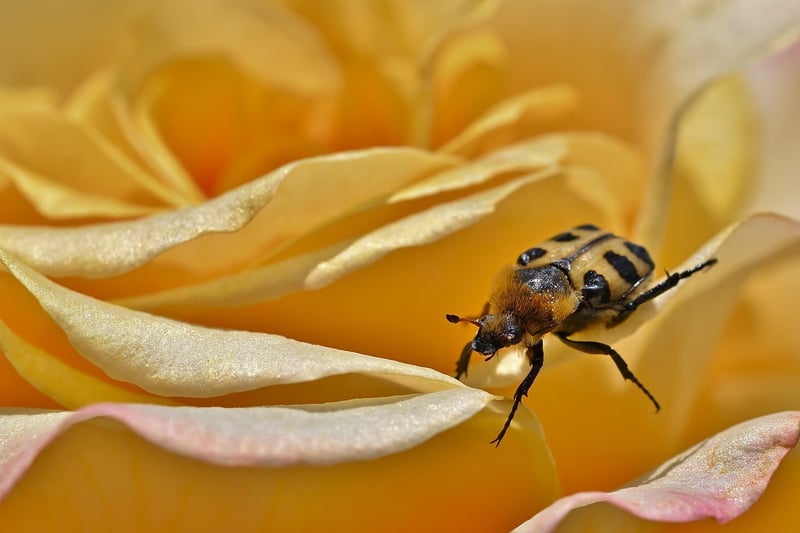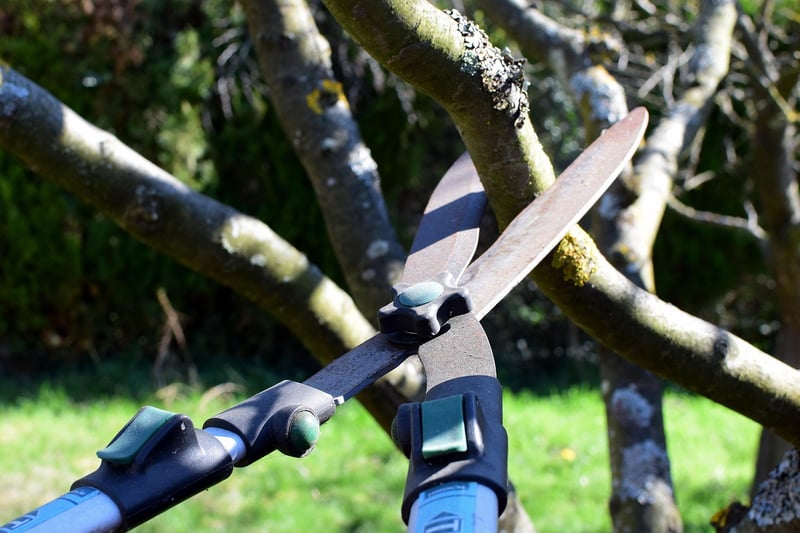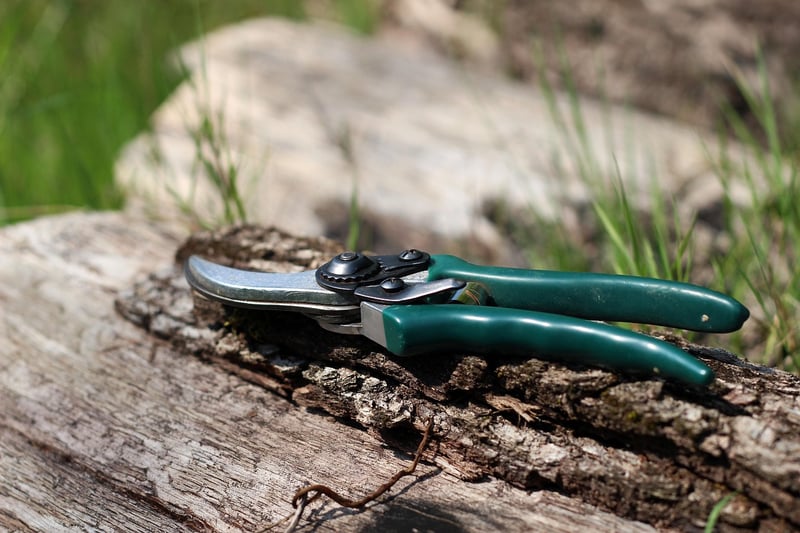Pruning Techniques
Healthy Plants, Happy Space: Essential Pruning Techniques
Welcome to our guide on maintaining healthy plants and creating a happy space through effective pruning techniques. Pruning is a vital practice that not only enhances the appearance of your plants but also promotes their overall growth and health. Let's delve into the art of pruning and discover how you can elevate your gardening game!
The Importance of Pruning
Pruning is more than just cutting back overgrown branches. It helps plants by:
- Promoting new growth
- Enhancing air circulation
- Preventing disease
- Shaping plants for aesthetic appeal
Key Pruning Techniques
1. Deadheading
Removing faded or dead flowers encourages plants to produce more blooms, extending the flowering period and keeping your garden vibrant.

2. Thinning
Thinning involves selectively removing branches to improve light penetration and air circulation within the plant, reducing the risk of pests and diseases.

3. Heading Back
Heading back entails cutting back a portion of a branch to encourage branching and denser growth, resulting in a fuller and more compact plant.

When to Prune
The timing of pruning varies depending on the plant species. In general:
- Spring-flowering plants: Prune after flowering
- Summer-flowering plants: Prune in late winter or early spring
- Evergreen plants: Prune in late winter
Pruning Tips
- Use sharp, clean tools to make precise cuts
- Remove dead, damaged, or diseased branches first
- Step back regularly to assess the plant's shape as you prune
- Research specific pruning requirements for different plant species
By mastering the art of pruning, you can transform your garden into a thriving oasis of beauty and health. Happy pruning!
For more gardening tips and tricks, visit our website.
